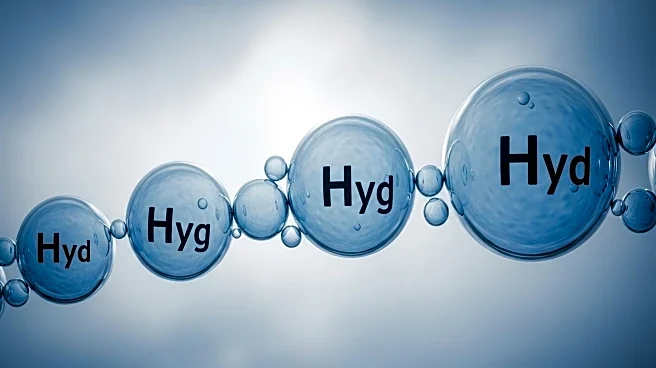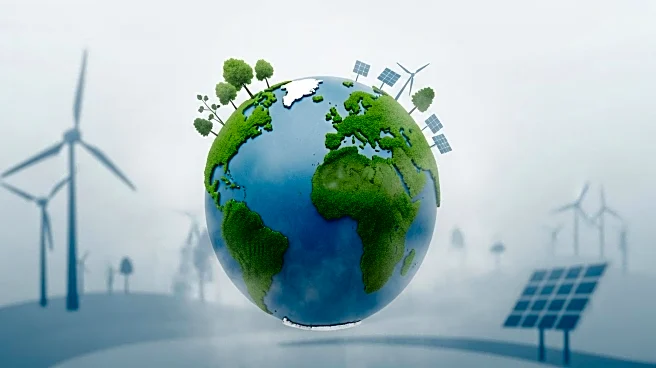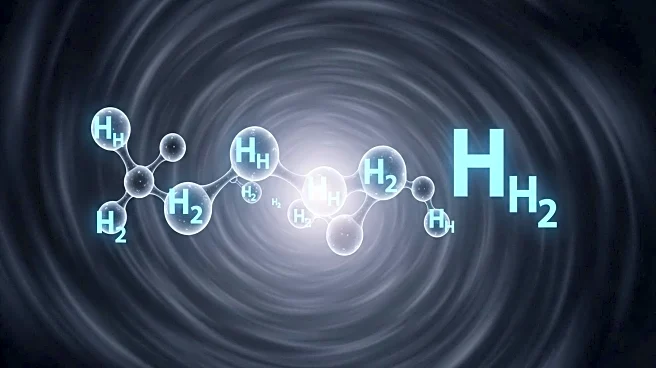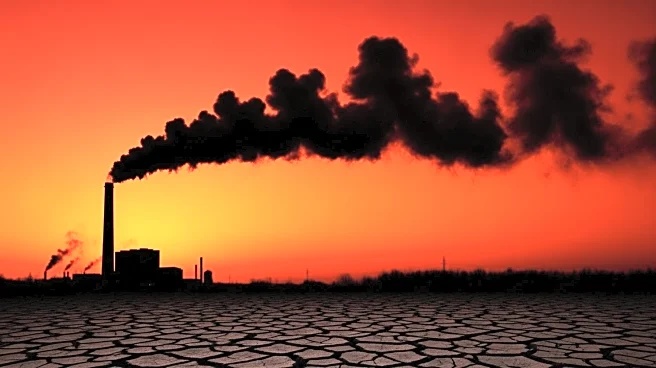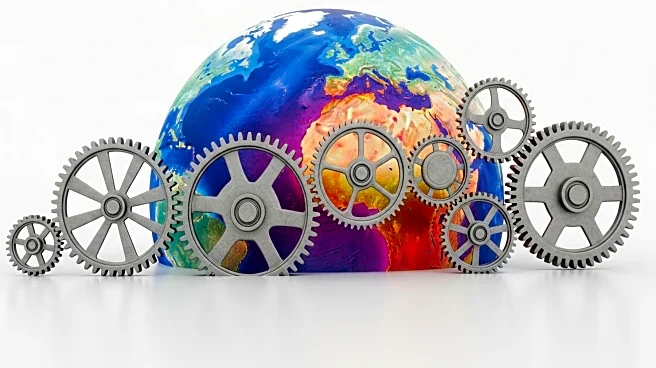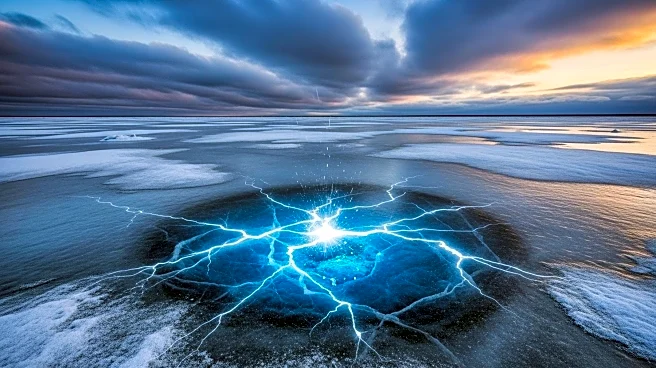What is the story about?
What's Happening?
Recent research has revealed a significant increase in atmospheric hydrogen levels since the Industrial Revolution, with concentrations rising by 60%. This increase, documented through ice core samples from Greenland, highlights the indirect warming effect of hydrogen, which interacts with other molecules in the atmosphere. The study, led by researchers from the University of California, Irvine, and the University of Cambridge, underscores the complexities of hydrogen's role in climate dynamics, particularly its interaction with methane, a potent greenhouse gas.
Why It's Important?
The findings raise important questions about the future use of hydrogen as a clean energy source. While hydrogen is considered a potential alternative to fossil fuels, its indirect warming effects could complicate efforts to mitigate climate change. The study suggests that increased hydrogen levels could exacerbate methane's warming impact, challenging the narrative of hydrogen as a purely beneficial energy transition tool. This could influence policy decisions and investment in hydrogen technologies, as stakeholders weigh the benefits against potential environmental risks.
Beyond the Headlines
The research highlights the need for a deeper understanding of the hydrogen cycle and its environmental implications. As the world moves towards a hydrogen economy, addressing these challenges will be crucial to ensuring that the transition does not inadvertently contribute to climate change. The study also emphasizes the importance of comprehensive climate models that account for complex interactions between different atmospheric components.
AI Generated Content
Do you find this article useful?
